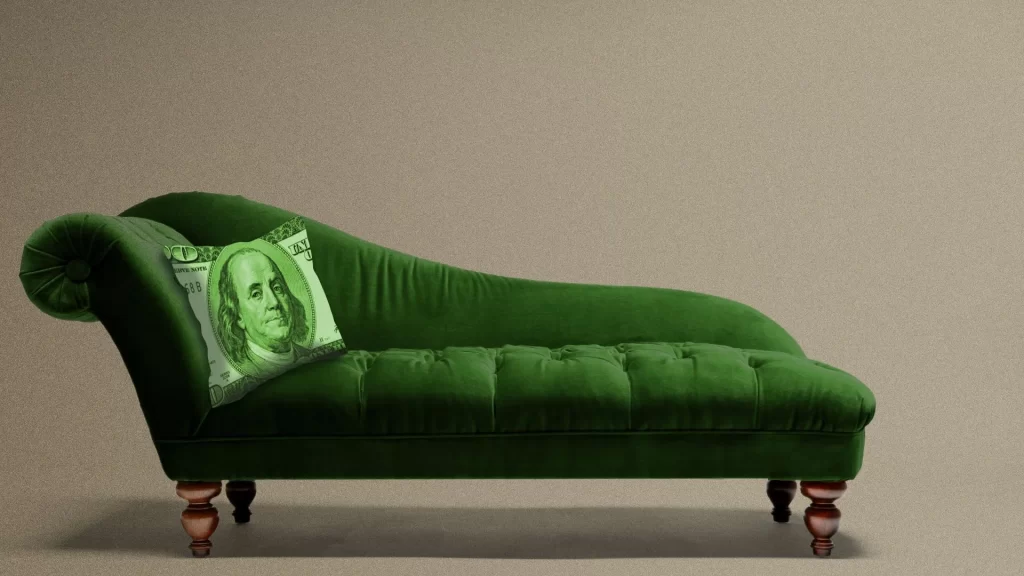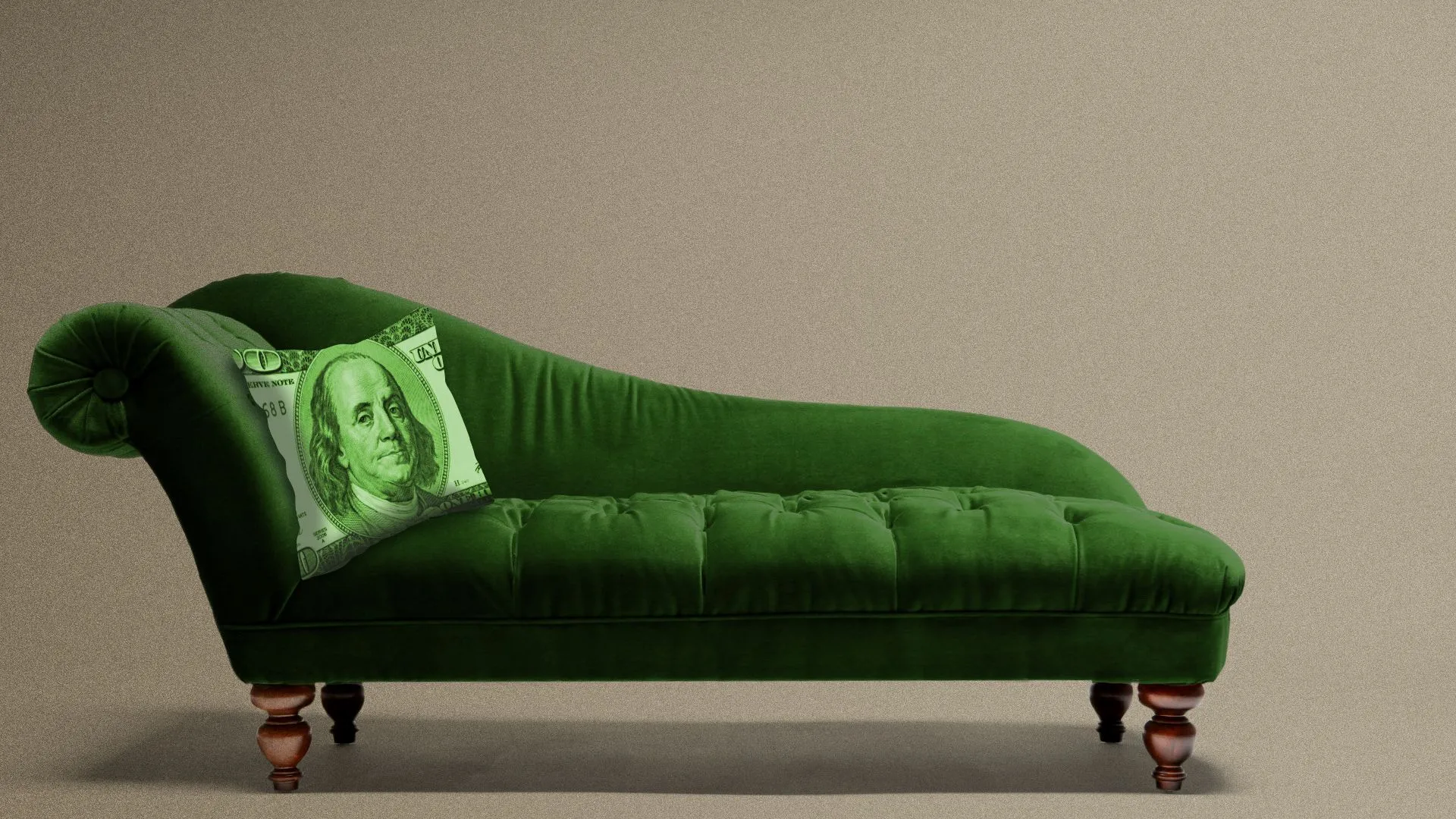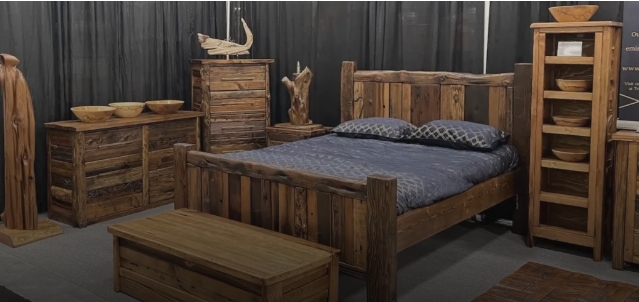Luxury couch crunch: Furniture retailers hit post-pandemic slump
As the world gradually emerges from the grip of the COVID-19 pandemic, many industries are grappling with the aftermath of unprecedented disruptions. One sector particularly feeling the pinch is the furniture retail industry, where a surge in demand during lockdowns has given way to a post-pandemic slump, especially in the luxury segment.
The onset of the pandemic brought about a significant shift in consumer behavior regarding home furnishings. With people spending more time indoors due to remote work arrangements and lockdown restrictions, there was a noticeable uptick in demand for furniture, especially items like couches that enhance comfort and aesthetics within living spaces. This surge in demand presented a boon for furniture retailers, particularly those catering to the luxury market, as consumers sought to upgrade their living environments.
However, as vaccination rates increased and restrictions eased, the dynamics of the furniture market began to change. One notable trend is the decline in demand for luxury couches and other high-end furniture items. There are several factors contributing to this post-pandemic slump:

1.Economic Uncertainty: Despite initial optimism about a swift economic recovery, many consumers remain cautious about their spending due to lingering uncertainties. The economic fallout from the pandemic, including job losses and income disruptions, has prompted individuals to reevaluate their discretionary expenses, including big-ticket items like luxury furniture. As a result, the demand for high-end couches has waned, impacting sales for luxury furniture retailers.
2.Supply Chain Disruptions: The furniture industry, like many others, has been grappling with supply chain disruptions caused by global logistics challenges. Delays in sourcing raw materials, production slowdowns, and shipping bottlenecks have led to inventory shortages and increased lead times for furniture retailers. In the luxury segment, where customization and craftsmanship are valued, these delays can further deter potential buyers who are unwilling to wait for extended periods to receive their orders.
3.Shift in Consumer Preferences: The prolonged period of time spent at home during lockdowns prompted many consumers to reevaluate their living spaces and prioritize functionality and versatility in furniture choices. While luxury couches are prized for their design and craftsmanship, they may not always align with the practical needs of modern households. As a result, there has been a shift towards more functional and adaptable furniture designs, which may not necessarily fall within the luxury category.
4.Rise of Online Competitors: The rise of e-commerce and online furniture retailers has intensified competition within the industry, particularly for luxury furniture brands accustomed to traditional brick-and-mortar sales models. Online platforms offer convenience, a wide selection of products, and often competitive pricing, posing a challenge to traditional luxury furniture retailers. As consumers become increasingly comfortable with making high-value purchases online, luxury furniture retailers must adapt their strategies to remain competitive in the digital landscape.
In response to these challenges, luxury furniture retailers are exploring various strategies to navigate the post-pandemic slump and revitalize sales:
5.Diversification of Product Offerings: To appeal to a broader customer base, luxury furniture retailers are diversifying their product offerings beyond traditional couches and seating options. This includes introducing collections that cater to changing consumer preferences, such as multifunctional furniture pieces designed for small living spaces or home office setups.
6.Enhanced Digital Presence: Recognizing the importance of online channels, luxury furniture brands are investing in their digital presence to engage with customers and drive sales. This includes optimizing e-commerce platforms for a seamless shopping experience, leveraging social media and digital marketing to showcase their products, and exploring virtual showroom experiences to simulate the in-store shopping experience online.
7.Emphasis on Sustainability and Ethical Sourcing: With growing consumer awareness of environmental and social issues, luxury furniture retailers are placing greater emphasis on sustainability and ethical sourcing practices. Brands that prioritize eco-friendly materials, ethical manufacturing processes, and transparency in their supply chains can appeal to conscientious consumers seeking responsible purchasing options.
8.Collaborations and Partnerships: Collaborations with designers, influencers, and other brands can help luxury furniture retailers expand their reach and appeal to new customer segments. By leveraging the creative expertise and existing audience of collaborators, brands can generate buzz around their products and differentiate themselves in a crowded market.
9.Exceptional Customer Experience: Providing exceptional customer service and personalized shopping experiences can set luxury furniture retailers apart from their competitors. This includes offering bespoke design consultations, white-glove delivery services, and post-purchase support to ensure customer satisfaction and foster long-term loyalty.
In conclusion, the post-pandemic slump facing luxury furniture retailers reflects broader shifts in consumer behavior, economic uncertainties, and industry disruptions. However, by adapting to changing market dynamics, embracing digital innovation, and prioritizing customer-centric strategies, luxury furniture brands can overcome challenges and thrive in a rapidly evolving landscape. As consumers continue to prioritize comfort, style, and functionality in their living spaces, there remains ample opportunity for luxury furniture retailers to capture demand and reignite growth in the years ahead.




